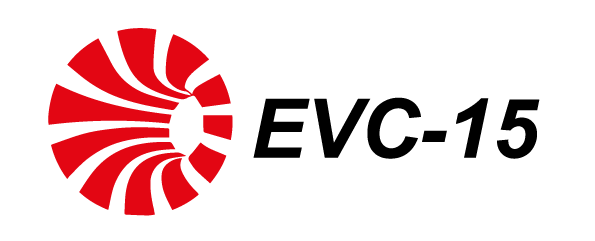Speaker
Description
We present an algorithm that helps identifying components and contaminants in a residual gas spectrum. At first the possible weighted contribution to the measured spectrum for each reference out of a library is determined and ranked. A residual gas spectrum, in logarithmic scale, is then reconstructed by simulation based on partial pressures and fragmentation patterns of the most likely components and compared with the measured spectrum. The algorithm takes into account analyser specific parameters such as noise, electronic offset and sensitivity.
Residual gas analysis is also to a great part pattern recognition. This is a typical application for machine-learning tools. Such tools, however, need to be trained with a large number of spectra. The fact that residual gas spectra can be simulated in a rather realistic way with the upper mentioned method gives the possibility to train such tools with thousands of simulated randomised gas mixtures. The outcome of a feasibility study about the usefulness of using machine-learning applications for the recognition of residual gas components is presented. Such a tool may then be a complementary and faster approach of identification of residual gas components.
